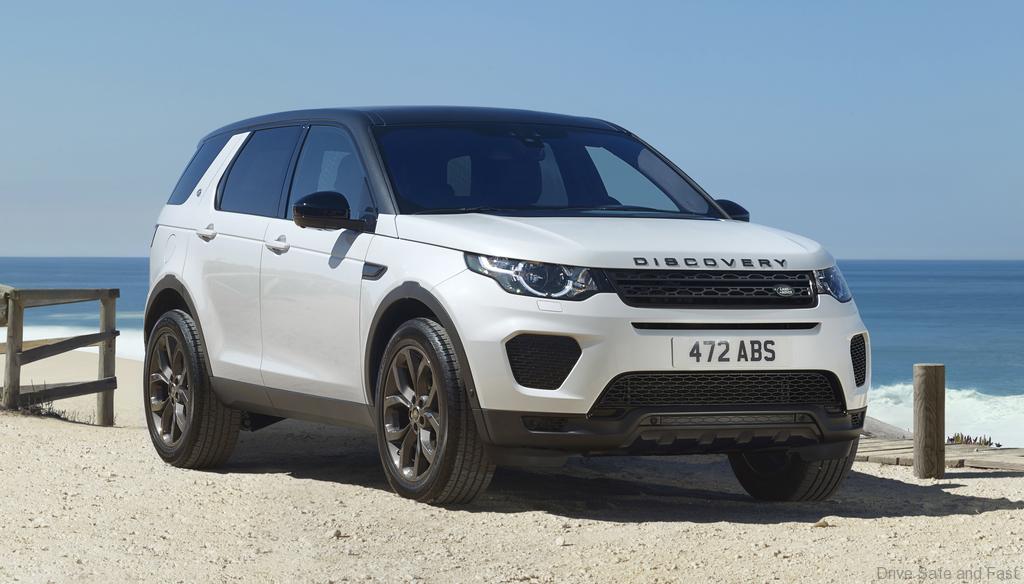Whether you’re aware of it or not, many car manufacturers have logical naming schemes. Most car enthusiasts know these by heart, but we thought we’d do a little deconstructing for the rest of you.
Before we get into it, it’s worth noting that these logical naming schemes, or ‘nomenclatures’ are usually done by premium car brands. In part 5, we’ll cover Land Rover’s nomenclature.
Keep in mind that this is more of a guide to the current nomenclature than a 100% accurate dissection that will stand up against close scrutiny. We’re also going to avoid talking about chassis designations, which will change with every generation of the model.
Let’s begin.
A typical Land Rover model is casually referred to in the following way:
“Range Rover Velar”
But if you search “Range Rover Velar ” on a typical listing site, you will find many, many variants. Let’s take the more complete name of a typical Land Rover as an example:
“Land Rover Range Rover Velar P250 R-Dynamic SE”
Let’s break that name down:
1. Land Rover Range Rover Velar P250 R-Dynamic SE
Land Rover is the brand. Range Rover here refers to the sub-brand. Land Rover currently has 2 sub-brands, each with their own target market.
1.1 Sub-brands
Range Rover – The Range Rover used to refer to a model by Land Rover. However, they’ve since expanded this into a sub-brand under Land Rover. Range Rovers refer to the company’s most premium, sophisticated vehicles. They share a design language and guiding philosophy.
Discovery – The Discovery used to refer to a model by Land Rover. However, they’ve since expanded this into a sub-brand under Land Rover. Discovery vehicles are more accessible and versatile and have their own design language too.
1.2 Models
Under Range Rover subbrand: Currently, there’s the fashion-focused ‘baby’ Range Rover Evoque, the mid-sized Range Rover Velar, the versatile Range Rover Sport and the flagship known simply as the Range Rover.
Under Discovery sub-brand: There are currently the compact Discovery Sport and the more versatile product known simply as the Discovery.
If you see a model with a single digit after its name, it’s an indication of which generation it is. Example: Discovery 5 is the 5th generation Discovery model. Land Rover doesn’t do this for most models.
1.3 Discontinued/suspended sub-brands
Freelander – Many will remember the Land Rover Freelander and ask what happened to it? Well, it’s now been integrated into the Discovery sub-brand as the Discovery Sport.
Defender – The Defender, Land Rover’s most iconic 4X4, is being revised for a 2020 model reboot. We suspect it may be developed into a sub-brand by itself, but we will have to wait and see what concrete plans the company has for it.
2. Land Rover Range Rover Velar P250 R-Dynamic SE
2. A. New indication scheme
Starting with the Velar, newer Land Rovers featuring Ingenium engines use this following scheme to indicate engine type and power output.
2. A. 1 Fuel type (P250)
P – Petrol
D – Diesel
PHEV – Plug-in hybrid. This removes the power output indication in 2. A. 2 below
2. A. 2 Power output (P250)
Petrol and diesel power output is indicated in PS. Therefore, a P250 engine outputs 250PS. There is nothing to indicate the engine configuration (I4, V6, V8) or about the force induction type (supercharging/turbocharging).
2. A. 3 Performance models
Instead of the alphanumeric indicator, performance models simply have the ‘SVR’ badge. SVR is Jaguar Land Rover’s performance tuning division. It stands for Special Vehicle Racing.
2. A. 4 The Previous power indication scheme
As Land Rover transitions to newer engines, there are still models which indicate powertrain type the old way.
2. B. Outgoing indication scheme
It’s easier to determine the engine configuration and forced induction type on older Land Rovers.
2. B. 1 Engine displacement in litres (3.0 L SDV6 CommandShift)
2. B. 2 Fuel/Induction Type (3.0 L SDV6 CommandShift)
If it’s a naturally aspirated petrol engine, nothing will be indicated here. If it’s supercharged petrol engine, ‘Supercharged’ will be stated here.
2. B. 3 Engine configuration (3.0 L SDV6 CommandShift)
2. B. 3 Transmission Type (3.0 L SDV6 CommandShift)
3. Land Rover Range Rover Velar P250 R-Dynamic SE
3 of the 4 models under the Range Rover Sub-brand are further split into variants.
Here they are:
3.1 Range Rover
Standard Wheelbase
Long Wheelbase
3.2 Range Rover Velar
Standard
R-Dynamic
3.3 Range Rover Evoque
3-Door (not longer available)
5-Door
Convertible
It’s worth noting that Land Rover sometimes releases special editions (First Edition for the Velar and Landmark Edition for the Discovery Sport) but these are limited models that come and go.
They also often serve up SVR editions of their cars, but these are usually indicated in the powertrain section of the name.
4. Land Rover Range Rover Velar P250 R-Dynamic SE
This section will inform you about the car’s specification/equipment level.
Sometimes the variant of the car comes after the specification level (SE R-Dynamic instead of R-Dynamic SE), but this is just a minor difference in how the name is expressed.
I’ve arranged the specification levels approximately in ascending order, but note that some are not featured in certain models.
Pure
S
SE
HSE
HSE Luxury
Vogue
Autobiography
SVAutobiography
It’s also worth noting that some specifications have ‘Dynamic’ or ‘Luxury’ variants, depending on the model.
5. Conclusion
As you can probably tell, Land Rover doesn’t have the hugest model range, and while their naming conventions make hierarchical order, they are not quite as tidy and compartmentalised as some others. As the brand is in the midsts of shifting some of their naming conventions, we have an explanation as to why it’s a little complex at the moment.


